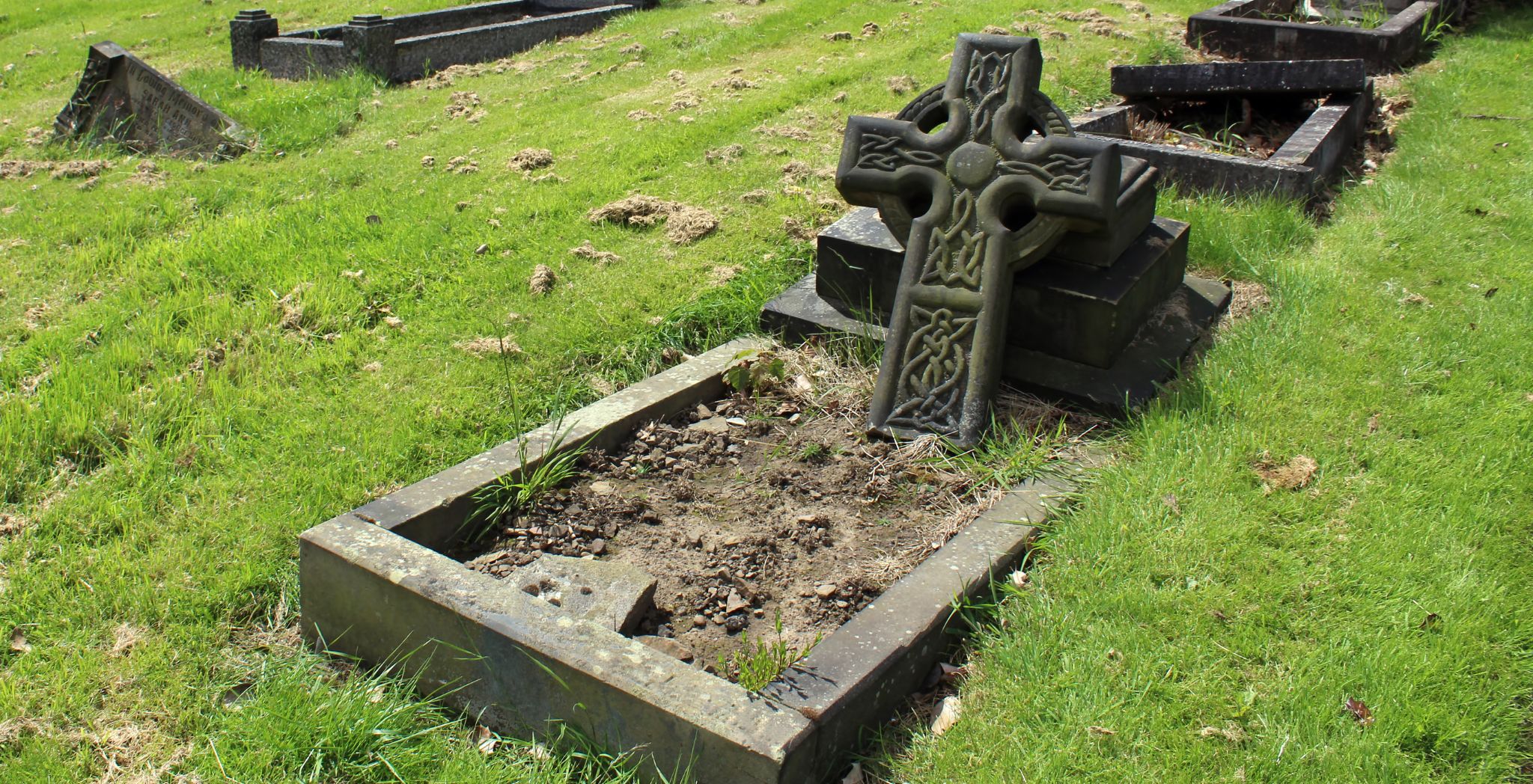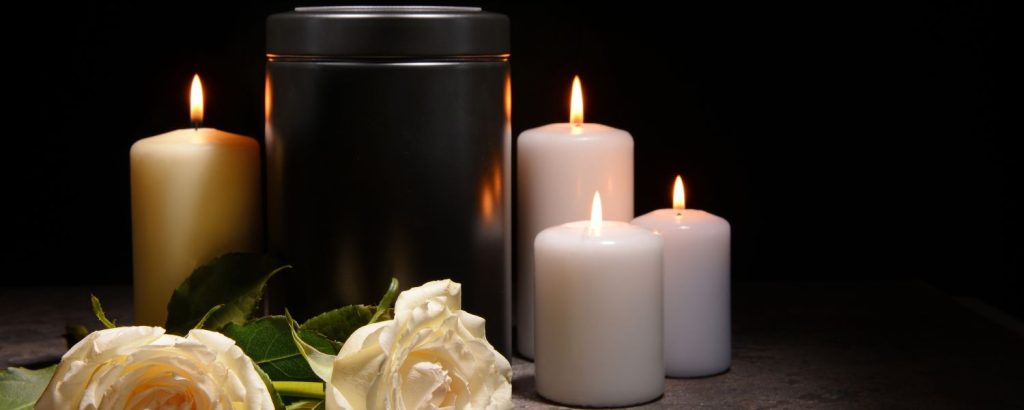
Cremation is a significant aspect of funeral practices in Australia, offering families an alternative to traditional burial services. Understanding the process and options available for cremation is essential for those considering this option for their loved ones.
Swanborough Funerals, based in Logan City, Brisbane, is one of the prominent funeral service providers in Australia, offering comprehensive support and guidance to families during difficult times. In this complete guide, we delve into the essential aspects of cremation in Australia, exploring what it entails, the steps involved, how to memorialise a loved one after the cremation, and where it occurs.
Cremation in Australia

Cremation is the process of reducing a body to its essential elements through intense heat and evaporation. This method has gained popularity in Australia over the years due to factors such as limited burial space, environmental concerns, and changing cultural attitudes towards funeral practices. While cremation has become increasingly common, it’s crucial to understand the process and associated procedures.
What is a Cremation?

During cremation, the deceased is placed within a specifically crafted cremation chamber, where they undergo exposure to temperatures spanning from 760 to 980 degrees Celsius. The extreme temperatures cause the body to break down into bone fragments and ashes over a span of several hours. After the cremation process concludes, the remaining bone fragments undergo careful collection and are then transformed into a fine powder. This powder is then placed in an urn, providing families with the option to either take it home or scatter it in a location of their choosing.
Steps Involved in a Cremation

The cremation process in Australia typically involves several steps:
1. Preparation
Before cremation, meticulous preparation of the deceased is essential. This involves removing any items that could interfere with the process, such as pacemakers, jewellery, or prosthetics. Additionally, the body may be washed and dressed according to the family’s wishes. This step ensures the cremation process can proceed smoothly without complications or safety hazards.
2. Identification
Each deceased individual is assigned a unique identifier to ensure proper tracking throughout the cremation process. This identifier, typically in the form of a metal tag or disc, accompanies the body from the moment it arrives at the crematorium until the ashes are returned to the family. This meticulous identification process helps prevent any mix-ups or errors, providing families with reassurance that they are receiving the remains of their cherished ones, offering them peace of mind.
3. Cremation Chamber
Once the body is prepared and identified, it is placed in a specially designed cremation chamber, also known as a retort. The body is subjected to extreme temperatures inside the chamber, ranging from 760 to 980 degrees Celsius. These high temperatures reduce the body to bone fragments and ashes within a few hours.
4. Cooling and Processing
After the cremation process, the remains are allowed to cool before being carefully processed into ashes. This may involve using specialised equipment to pulverise the bone fragments into a fine powder, ensuring that the ashes are uniform in texture. The cooling and processing stage is crucial for preparing the ashes for final disposition and ensures they are suitable for placement in an urn or other memorial vessel.
5. Collection and Storage
After the processing phase, the ashes are gathered and carefully deposited into either a temporary container or an urn. This container may be provided by the crematorium or chosen by the family. The ashes are typically accompanied by documentation detailing the deceased’s information and the date of cremation. The container is then securely sealed and prepared for return to the family or for final disposition according to their wishes.
6. Final Disposition
Following the cremation process, families have several options for finalising their loved one’s ashes. They may keep the ashes in an urn, scatter them in a meaningful location, or enter them in a columbarium or cemetery. The choice regarding cremation is profoundly individual and frequently mirrors either the desires of the departed or the cultural and religious convictions held by the family. Whatever option is chosen, it is a lasting tribute to the dead’s memory.
How to Memorialise a Loved One After Cremation

After cremation, there are various ways to honour and remember a loved one:
1. Urns and Keepsakes
Following cremation, families can select an urn or keepsake to hold the ashes of their loved ones. Urns come in various styles, materials, and designs, allowing families to choose one that reflects the personality and preferences of the deceased. Keepsakes, such as jewellery or miniature urns, can carry a small portion of ashes close to the heart. These tangible objects serve as a lasting tribute to the memory of the departed, providing comfort and solace to grieving family members.
2. Scattering Ceremonies
Numerous families choose to release the ashes of their loved ones in a significant setting as a final goodbye. Whether it’s a favourite park, beach, or mountain, the chosen location holds significance and symbolism for the deceased and their loved ones. Scattering ceremonies can be intimate gatherings or more significant events attended by family and friends. They provide an opportunity for reflection, closure, and sharing memories as the ashes are released into the wind, water, or earth.
3. Memorial Services
Memorial services offer a chance for family and friends to come together to celebrate the departed’s life. These gatherings can take many forms, from traditional religious ceremonies to more personalised celebrations of life. Memorial services provide a space for sharing stories, anecdotes, and fond memories of the deceased, offering comfort and support to grieving people. Loved ones can pay homage to the life and lasting influence of the departed through heartfelt expressions, including music, readings, and tributes.
4. Columbarium or Cemetery
For those who prefer a permanent memorialisation option, interring the ashes in a columbarium or cemetery provides a tangible place for remembrance. Columbariums are structures specifically designed to hold urns, offering families a centralised location to visit and pay their respects to their loved ones. Cemeteries may also have dedicated areas for the interment of cremated remains, allowing families to bury the ashes in a plot alongside other family members. These sacred spaces serve as a lasting tribute to the memory of the departed, allowing loved ones to visit and honour them for generations to come.
Where Does Cremation Take Place?

Cremation takes place at specialised facilities known as crematoriums or crematories. These facilities are equipped with cremation chambers that are designed to handle the process safely and efficiently. Crematoriums in Australia are subject to regulation by local authorities, which enforce stringent guidelines to guarantee the appropriate handling of remains and compliance with environmental standards.
Conclusion
Cremation is a common and respected funeral practice in Australia, providing families with a heartfelt opportunity to pay homage and cherish the memory of their cherished ones. Understanding the cremation process, options for memorialisation, and where the cremation takes place is essential for making informed decisions during a difficult time. Swanborough Funerals, serving the Logan City and Brisbane areas, provides compassionate support and guidance to families seeking cremation or burial services, ensuring their loved ones are honoured with dignity and respect.
 "/>
"/>
